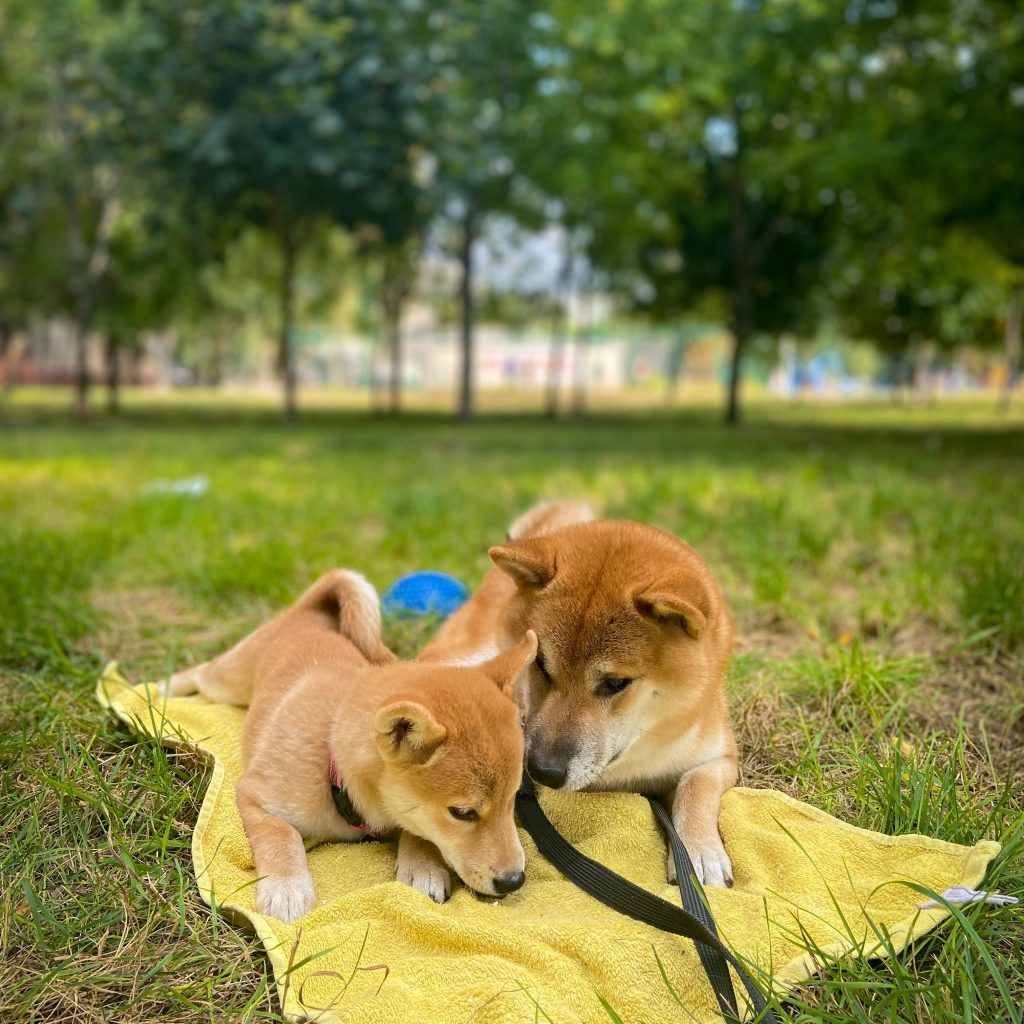When it comes to managing your pet’s weight, the first step is understanding why they may be overweight or underweight in the first place. While it may seem obvious, overfeeding and lack of exercise are common culprits for weight gain in pets. However, underlying health conditions, genetics, and age can also play a role.
It’s important to consult with your veterinarian to determine the ideal weight for your pet based on their breed, age, and overall health. Once you have a target weight in mind, you can begin to develop a plan to help your pet achieve and maintain a healthy weight.
In addition, it’s important to monitor your pet’s weight regularly and make adjustments to their diet and exercise routine as needed. By taking a proactive approach to managing your pet’s weight, you can help them live a longer and healthier life.
Remember to keep portion sizes in check, choose high-quality pet food, and provide plenty of opportunities for exercise and play. And always consult with your veterinarian before making any significant changes to your pet’s diet or exercise routine.

Determine Your Pet’s Ideal Weight
The first step in managing your pet’s weight through diet is determining its ideal weight. This can be done in a few different ways.
One way is to consult with your veterinarian, who can evaluate your pet’s current weight and body condition and recommend an ideal weight range. Another way is to use body condition scoring, which involves assessing your pet’s body shape and feeling for their ribs and spine to determine if they are at a healthy weight.
Once you have determined your pet’s ideal weight, you can use this information to calculate how many calories they should be consuming each day. This can vary based on factors such as age, breed, and activity level. Your veterinarian or a veterinary nutritionist can help you determine the appropriate number of calories for your pet.
It’s important to note that weight loss should be gradual and steady. Rapid weight loss can be dangerous for pets and may cause health problems. Aim for a weight loss of no more than 1-2% of your pet’s body weight per week.
To help your pet reach its ideal weight, you may need to adjust its diet and feeding schedule. This may involve reducing the amount of food they receive, switching to a lower-calorie diet, or feeding smaller meals more frequently throughout the day.
Remember to monitor your pet’s weight and body condition regularly and make adjustments to their diet and exercise routine as needed. With the right approach, you can help your pet achieve and maintain a healthy weight.

Exercise and Activity
One of the most effective ways to manage your pet’s weight is through regular exercise and physical activity. Not only does it burn calories, but it also helps to build muscle, improve endurance, and strengthen overall health.
However, before starting any exercise regimen with your pet, it’s important to consult with your veterinarian. They can provide guidance on what types of exercise are appropriate for your pet’s age, breed, and current health condition.
Some great exercises for pets include walking, jogging, swimming, and playing fetch. You can also incorporate fun activities like agility training, obstacle courses, and interactive toys to keep your pet engaged and stimulated.
When it comes to exercise frequency and duration, it’s important to start slow and gradually increase over time. Aim for at least 30 minutes of physical activity per day, but keep in mind that some pets may require more or less depending on their individual needs.
Additionally, it’s important to pay attention to your pet’s behavior during exercise. Watch for signs of fatigue, overheating, or discomfort, and take breaks as needed. Always have plenty of water on hand to keep your pet hydrated.
Incorporating regular exercise and physical activity into your pet’s daily routine not only helps with weight management but also provides numerous other health benefits. It can improve their mood, reduce stress and anxiety, and strengthen the bond between you and your furry companion.
Best Foods for Weight Management
When it comes to managing your pet’s weight, diet is crucial. Here are some of the best foods to help your pet slim down:
- High-Protein Foods: These foods help your pet feel full for longer, reducing the urge to overeat. Choose lean protein sources like chicken, fish, and turkey.
- High-Fiber Foods: Fiber slows down digestion, keeping your pet feeling full for longer. Look for foods with ingredients like sweet potatoes, pumpkin, and brown rice.
- Low-Calorie Foods: These foods allow your pet to feel satisfied without consuming too many calories. Choose foods with lower fat and calorie content, like vegetables and fruits.
- Special Weight Management Foods: Some pet food brands offer specially-formulated diets designed to aid in weight management. These foods typically contain lower fat and calorie content.
It’s important to note that while these foods can help with weight management, portion control is still crucial. Be sure to consult with your veterinarian to determine the appropriate amount of food for your pet’s size and weight.
In addition to selecting the right foods, it’s also important to monitor your pet’s caloric intake and limit treats. Remember that treats should not make up more than 10% of your pet’s daily diet.
By incorporating these foods into your pet’s diet and practicing portion control, you can help your furry friend achieve a healthy weight and live a longer, happier life.
Tips for Maintaining Weight Loss
One of the most important factors in managing your pet’s weight is exercise. Dogs and cats, like humans, need regular physical activity to maintain a healthy weight. The amount of exercise required will depend on your pet’s age, breed, and overall health. Some breeds, such as Border Collies and Siberian Huskies, require more exercise than others. It’s important to gradually increase the amount and intensity of your pet’s exercise routine to prevent injury. Additionally, incorporating games and activities that engage your pet’s mind, such as puzzles or scent games, can also help with weight management. Overall, regular exercise is a crucial component of a healthy lifestyle for pets.
Monitoring and Maintaining Your Pet’s Weight Loss
To monitor and maintain your pet’s weight loss, it is essential to track their progress and adjust their diet and exercise plans accordingly. Regular vet check-ups play a crucial role in maintaining a healthy weight for your pet. It is also important to follow some tips for preventing future weight gain. These include portion control, regular exercise, avoiding table scraps, and choosing low-calorie treats. Remember to stay consistent and patient in your pet’s weight loss journey.
Final Words
In conclusion, there are several key takeaways when it comes to maintaining a healthy weight for your pet. It’s important to start by consulting with your veterinarian and creating a personalized diet and exercise plan for your pet’s specific needs. Regular monitoring of your pet’s weight and progress is crucial in making any necessary adjustments to the plan. Along with proper nutrition and exercise, providing your pet with mental stimulation and playtime can also contribute to a healthy lifestyle. Remember, maintaining a healthy weight for your pet can lead to a longer and happier life. So take action today and make the necessary changes to ensure your pet’s overall health and well-being.